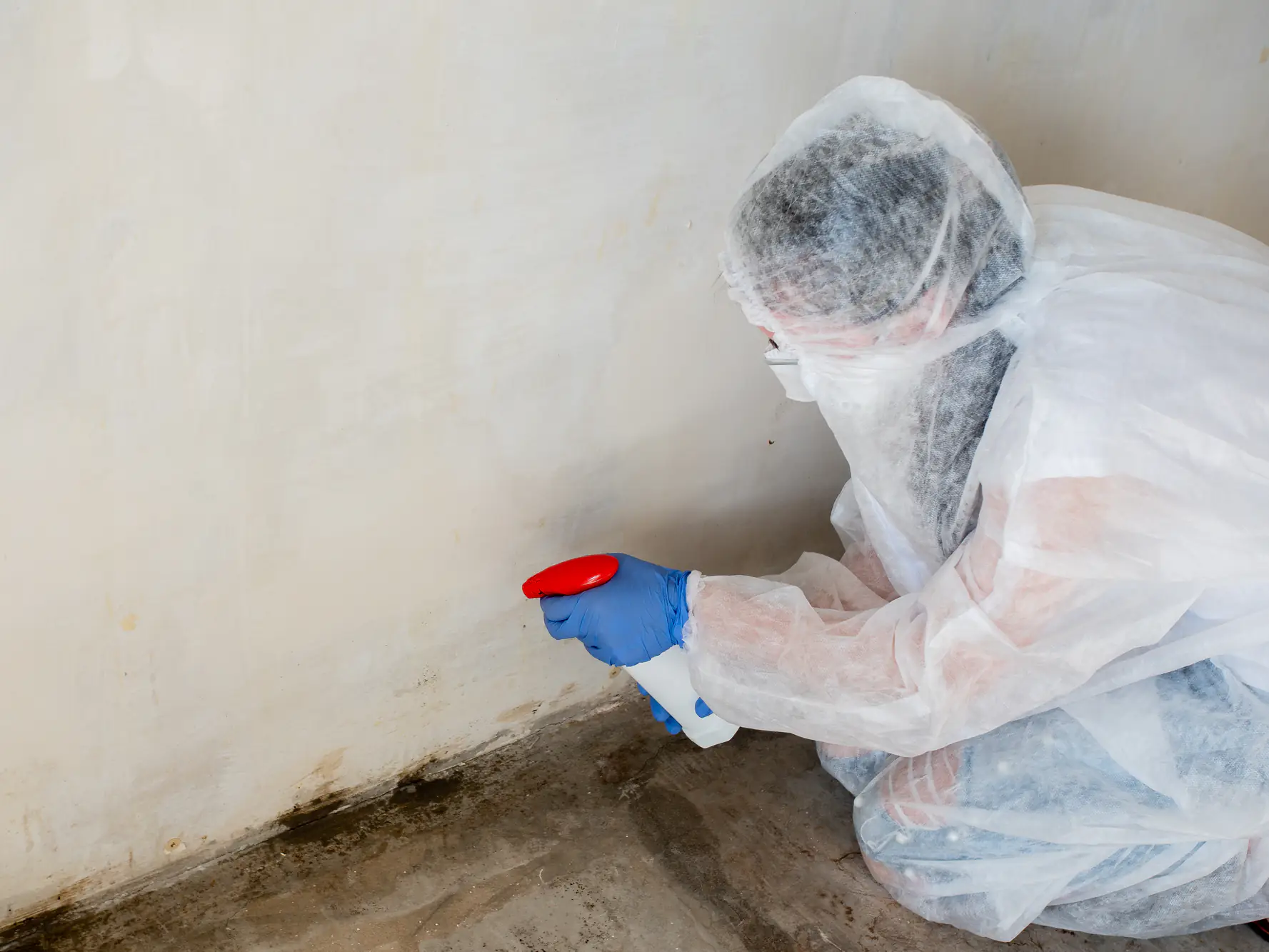
Hear from Our Customers
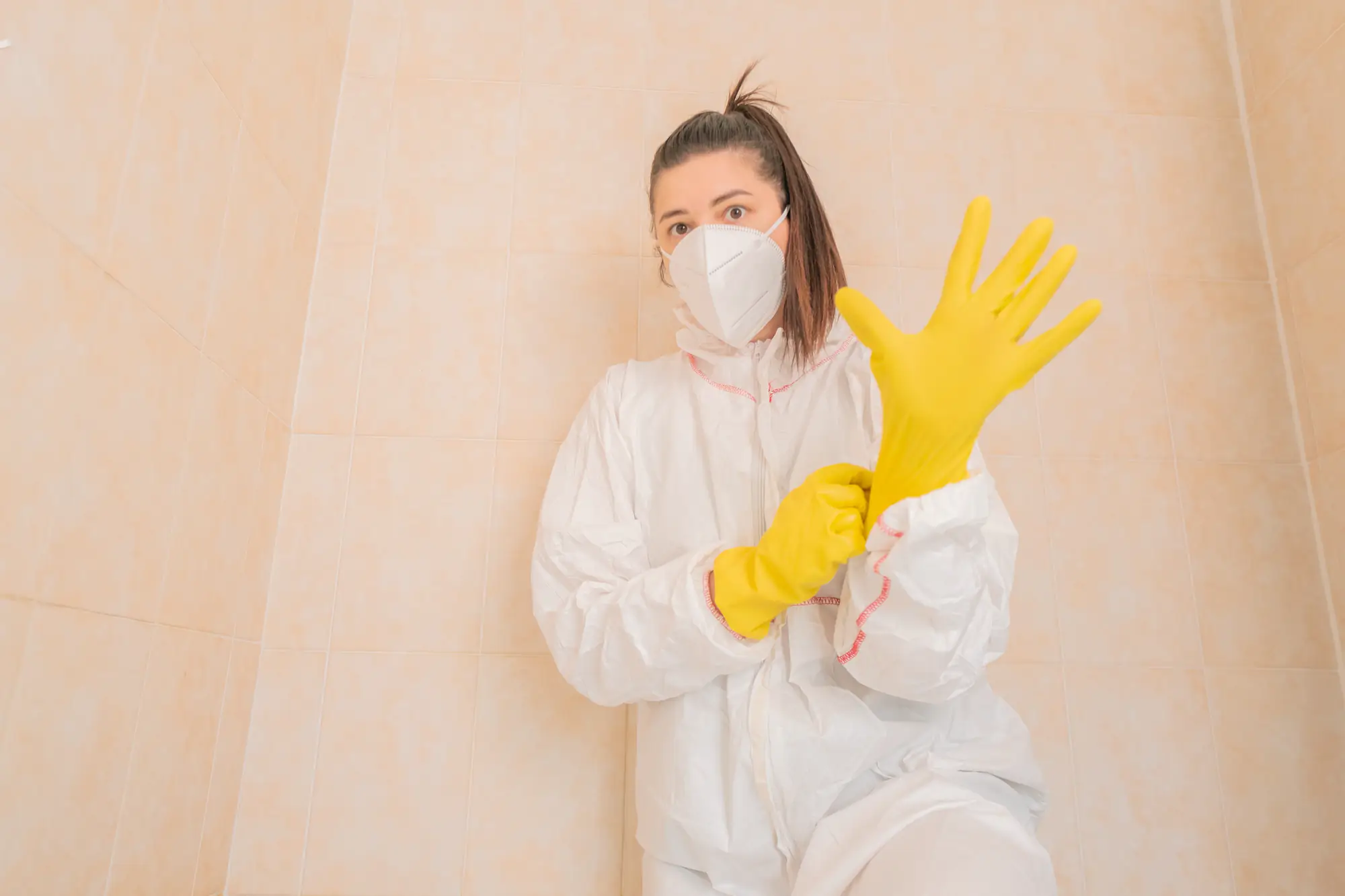
You deserve to walk into your house without worrying about what’s growing in the walls. When we’re done, you’ll have genuinely clean air, fewer allergy symptoms, and the confidence that comes from knowing the job was done right.
No more wondering if that musty smell will come back. No more sleepless nights worrying about your kids’ health. Just a home that feels safe again—the way it should.
Your property value stays protected, and your family stays healthy. That’s what matters.
Bucks County’s humid summers and damp winters create perfect conditions for mold growth. We’ve seen it all—from hidden basement problems to attic issues that surprise homeowners.
What sets us apart isn’t just our EPA-approved methods or professional equipment. It’s that we actually live and work here. We understand how Ellerslie’s older homes behave, where moisture problems typically start, and what it takes to solve them permanently.
We’ve been protecting families in this area for years, and we’re not going anywhere.
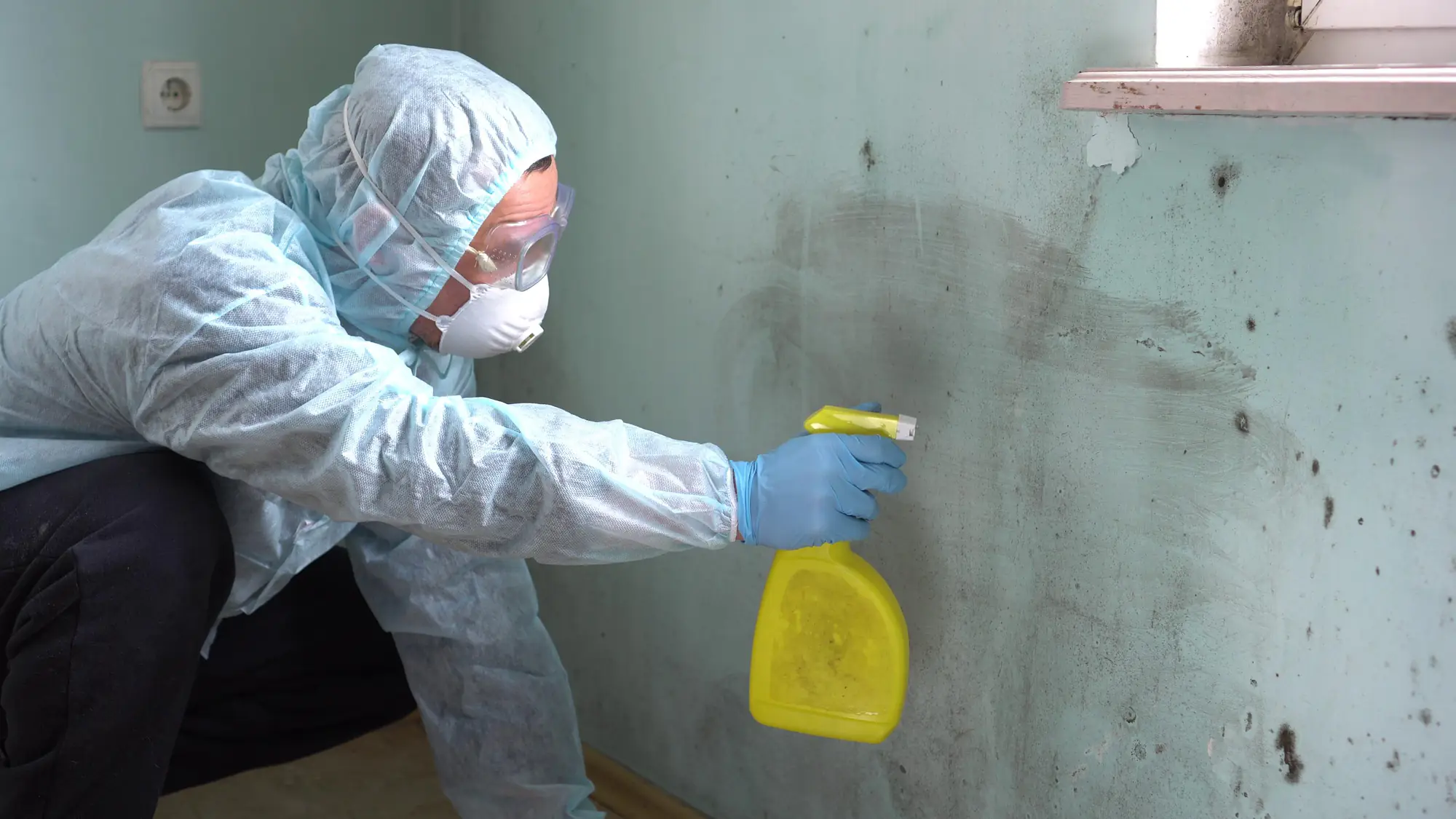
First, we inspect your entire property—including the hidden areas where mold loves to grow. We’re looking for the source, not just the symptoms.
Next, we contain the affected area to prevent mold spores from spreading to clean parts of your home. Then we remove the mold using EPA-approved methods and professional-grade equipment that actually works.
But here’s the crucial part: we fix the underlying moisture problem that caused the mold in the first place. Without this step, you’re just cleaning up a mess that will come back. We make sure it doesn’t.
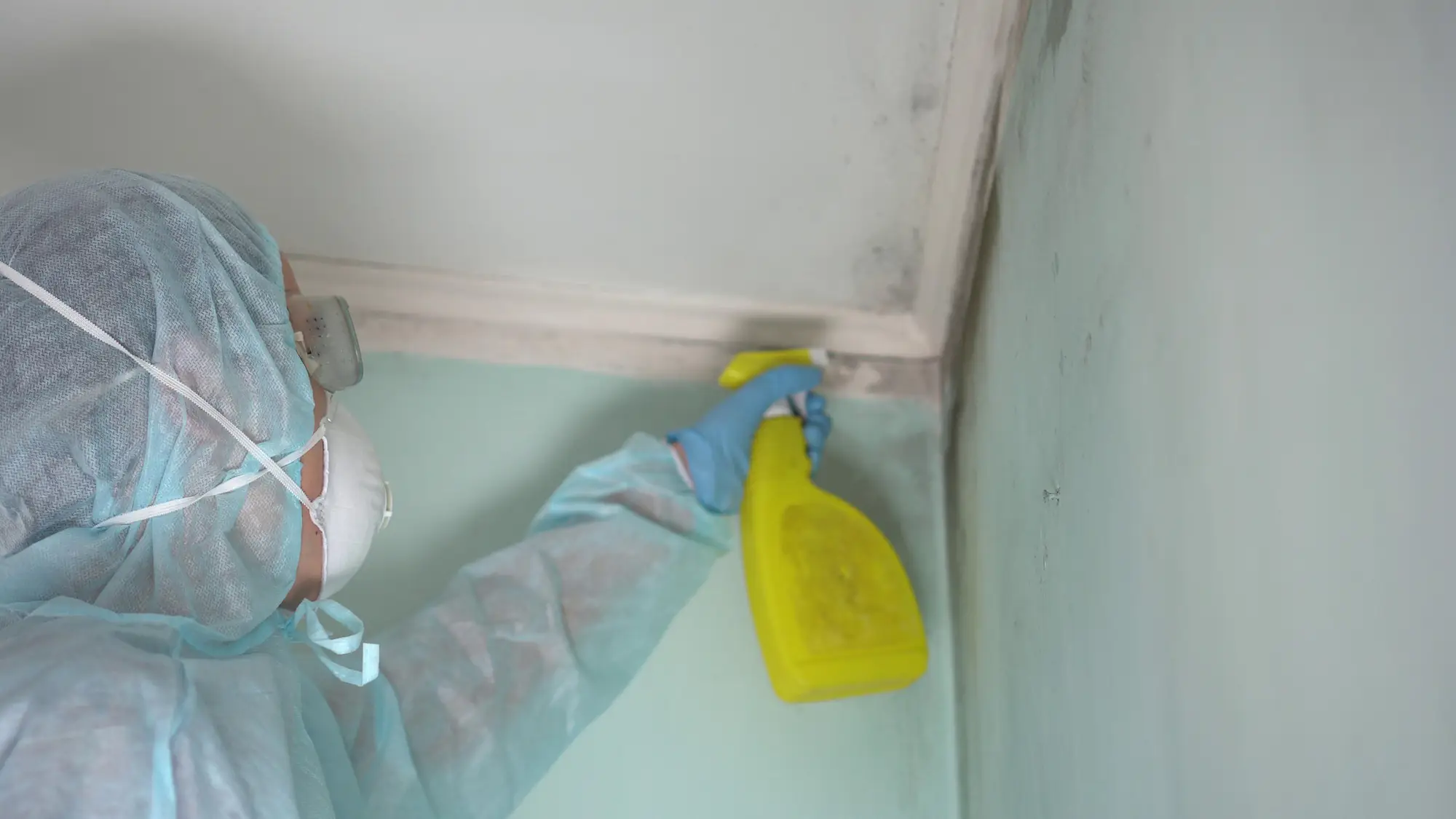
Ready to get started?
Every mold removal project starts with a free inspection. We’ll identify exactly what you’re dealing with and give you a clear, upfront estimate before any work begins.
In Ellerslie, we commonly find mold in basements due to foundation moisture, in bathrooms from poor ventilation, and in attics where humidity gets trapped. Bucks County’s climate makes these problems especially common in homes built before modern moisture control standards.
We handle everything: containment, removal, air filtration, and the repairs needed to prevent future growth. You also get help with insurance claims and flexible payment options, because dealing with mold is stressful enough without financial surprises.
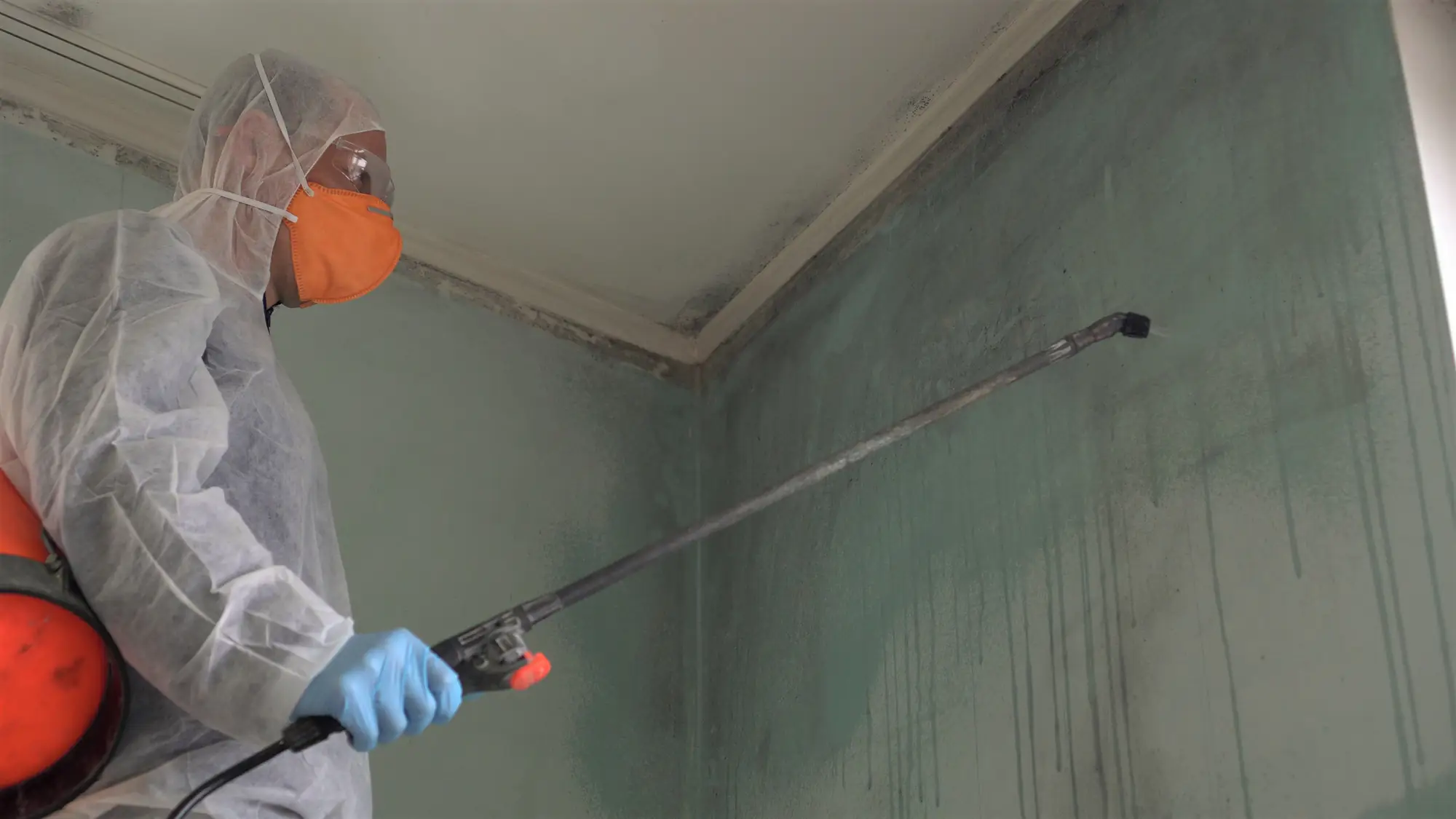
Look for visible dark spots on walls or ceilings, persistent musty odors that don’t go away, and health symptoms that improve when you leave the house. These include stuffy nose, coughing, or eye irritation that seems worse at home.
In Ellerslie’s older homes, check your basement walls for water stains or white powdery residue, which signals moisture problems that lead to mold. Also pay attention to areas around windows, bathrooms, and anywhere you’ve had water damage in the past.
If you’re experiencing unexplained allergy symptoms or notice any of these signs, get a professional inspection. Mold often grows in hidden areas where you can’t see it, and catching it early prevents bigger problems and higher costs.
Professional mold removal addresses the source of the problem, not just what you can see on the surface. DIY methods typically miss hidden mold and fail to fix the underlying moisture issue, so the problem comes back within weeks.
We use containment systems to prevent mold spores from spreading to clean areas of your home during removal. Without proper containment, DIY cleaning actually makes the problem worse by releasing spores into your air.
Professional equipment like HEPA air scrubbers and moisture detection tools ensure we find and eliminate mold completely. We also identify and fix the moisture source—whether it’s a hidden leak, poor ventilation, or humidity problem—so you don’t face the same issue again.
Most residential mold removal projects take 3-5 days from start to finish. The timeline depends on the size of the affected area, the type of materials involved, and whether we need to remove and replace damaged drywall or flooring.
Day one is usually inspection and containment setup. Days two and three involve the actual removal and cleaning process. The final days cover air filtration, final cleaning, and any necessary repairs or restoration work.
Emergency situations get priority scheduling, and we work efficiently to minimize disruption to your daily routine. We’ll give you a clear timeline upfront so you know exactly what to expect and can plan accordingly.
Insurance coverage for mold removal depends on what caused the mold growth. If it resulted from a covered event like a burst pipe or storm damage, your policy will likely cover the remediation costs.
However, mold from long-term maintenance issues like slow leaks or poor ventilation typically isn’t covered. The key is documenting everything and acting quickly when water damage occurs, as most policies exclude mold that develops from neglected maintenance.
We work directly with insurance companies and help you navigate the claims process. We’ll provide detailed documentation, photos, and reports that insurance adjusters need to process your claim efficiently. This saves you time and helps ensure you get the coverage you’re entitled to.
Mold exposure commonly causes respiratory symptoms like coughing, wheezing, and throat irritation. People with asthma or allergies often experience worsened symptoms, and children are particularly susceptible to mold-related health problems.
Some people develop skin rashes, headaches, or fatigue from prolonged mold exposure. Those with compromised immune systems face more serious risks, including lung infections. The health effects vary from person to person, but no one should live with ongoing mold exposure.
The good news is that most health symptoms improve quickly once the mold is properly removed and you’re breathing clean air again. Professional remediation eliminates the source of exposure and restores healthy indoor air quality for your family.
Moisture control is the key to preventing mold regrowth. Keep indoor humidity below 50% using dehumidifiers, especially in basements and bathrooms. Fix any leaks immediately, no matter how small they seem.
Improve ventilation in moisture-prone areas by using exhaust fans that vent outside, not into attics or crawl spaces. In Bucks County’s humid climate, proper air circulation is essential for preventing condensation on cold surfaces.
Regular maintenance makes a huge difference. Clean gutters, inspect your roof annually, and address any drainage issues around your foundation. We’ll give you specific recommendations based on what we found during your remediation, so you know exactly what to watch for in your particular home.
Other Services we provide in Ellerslie